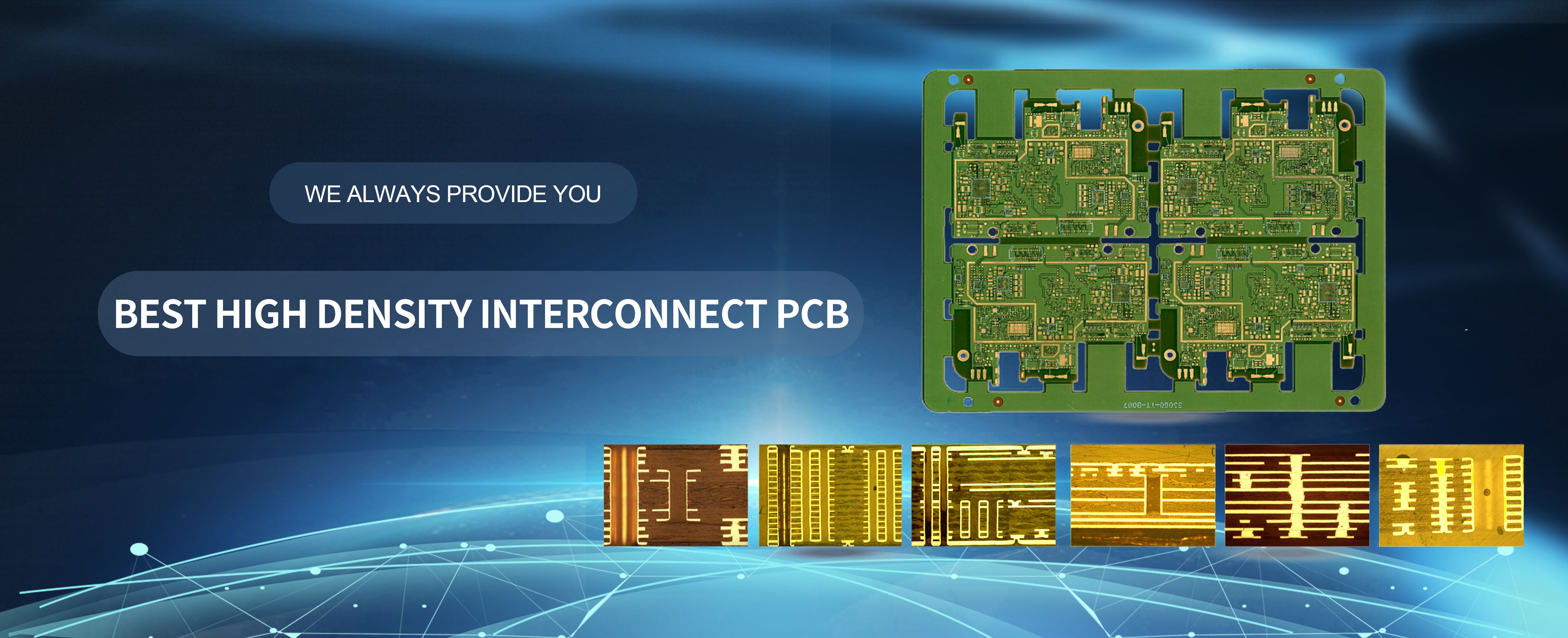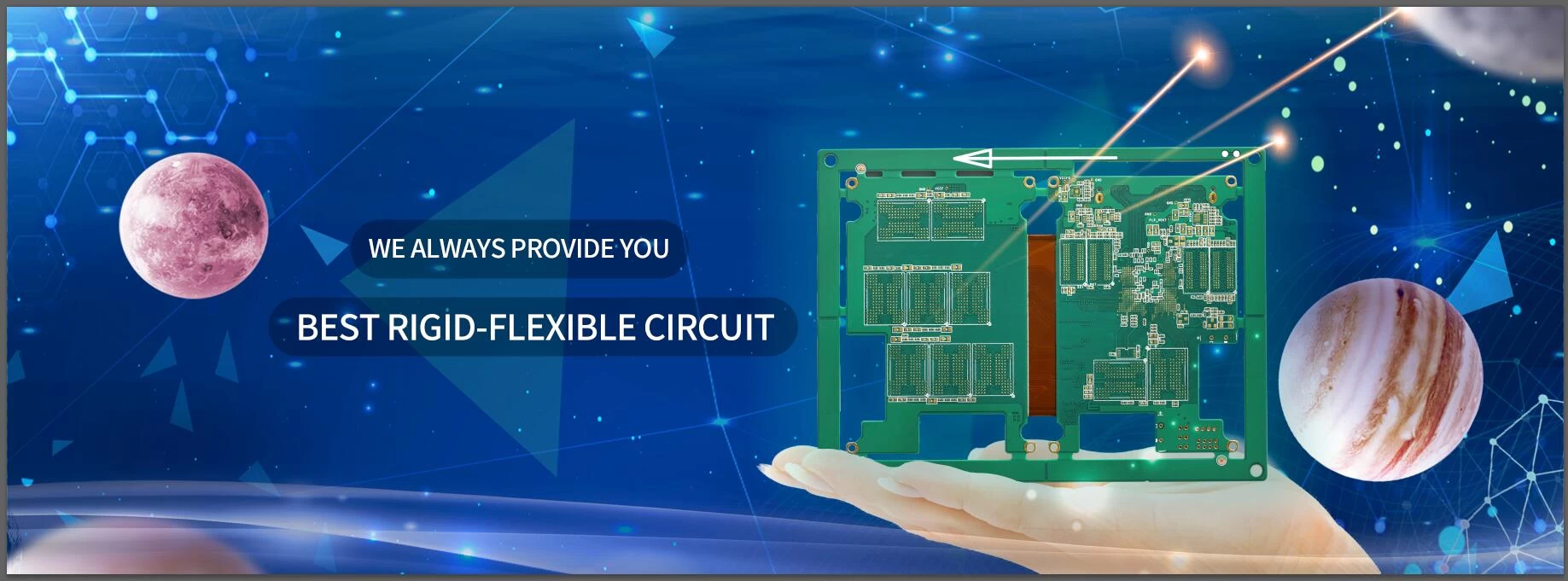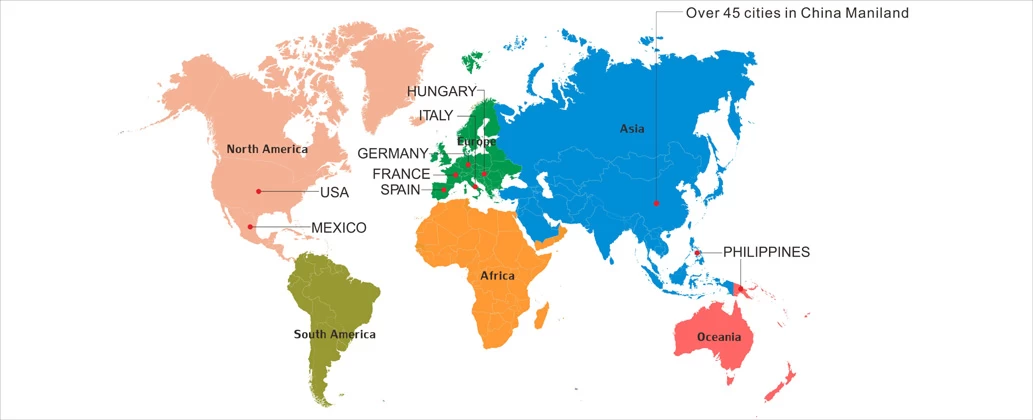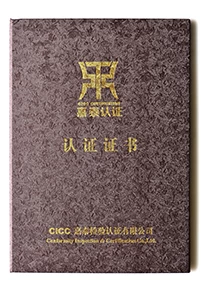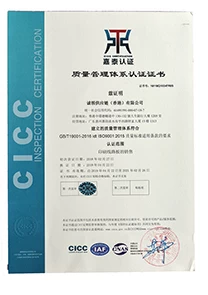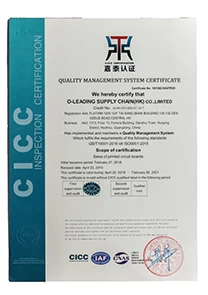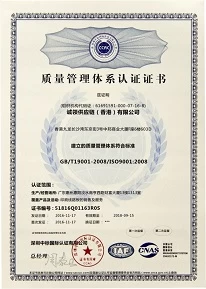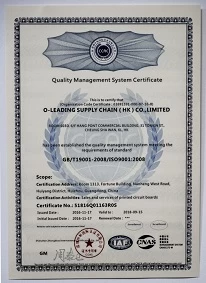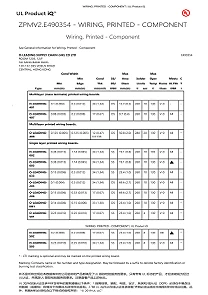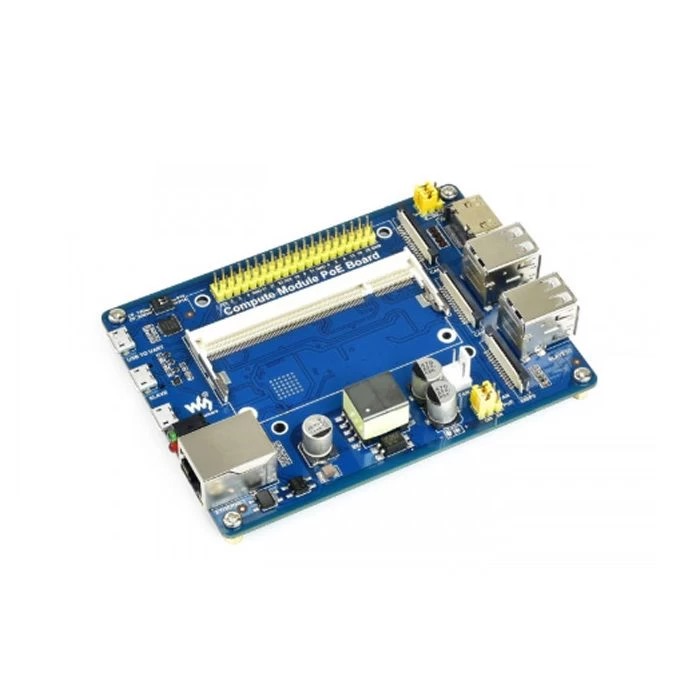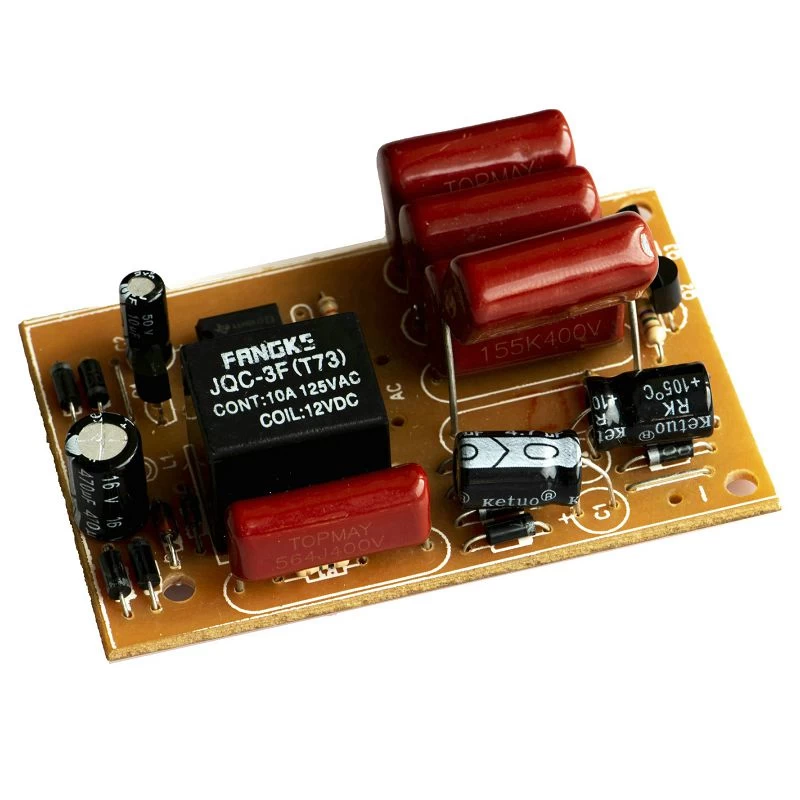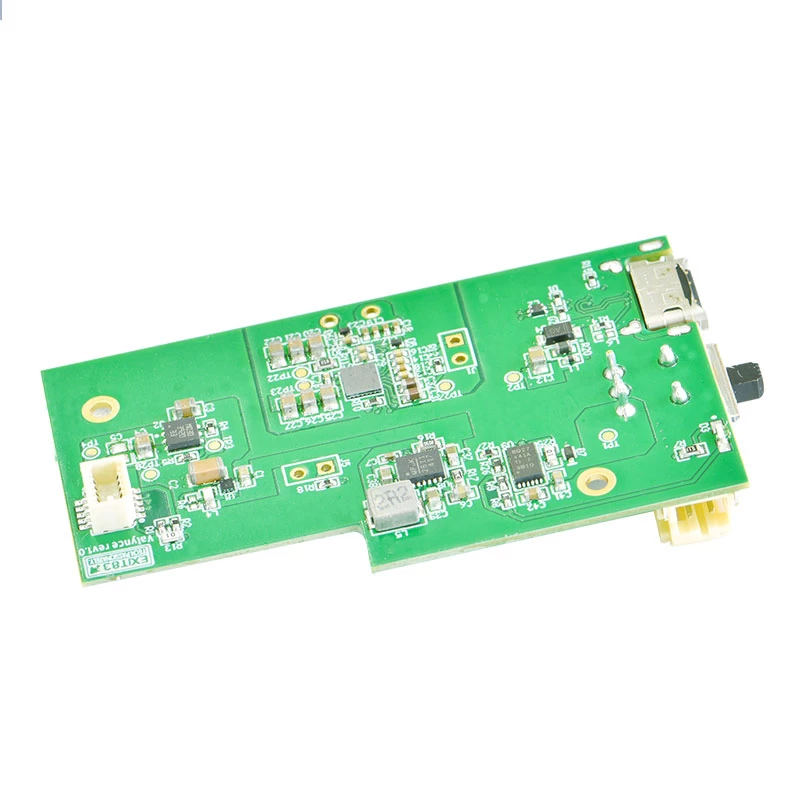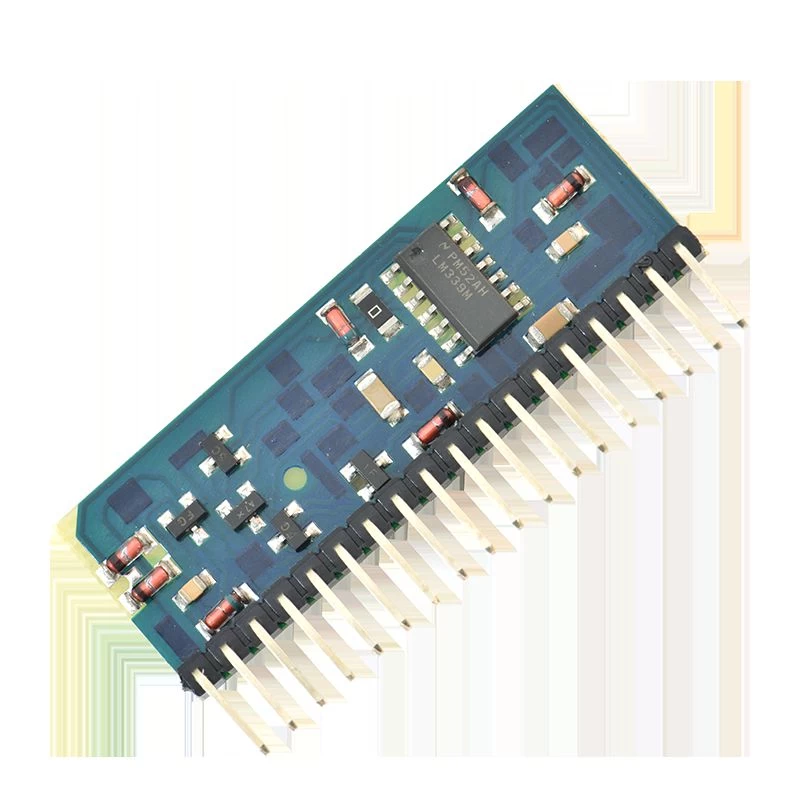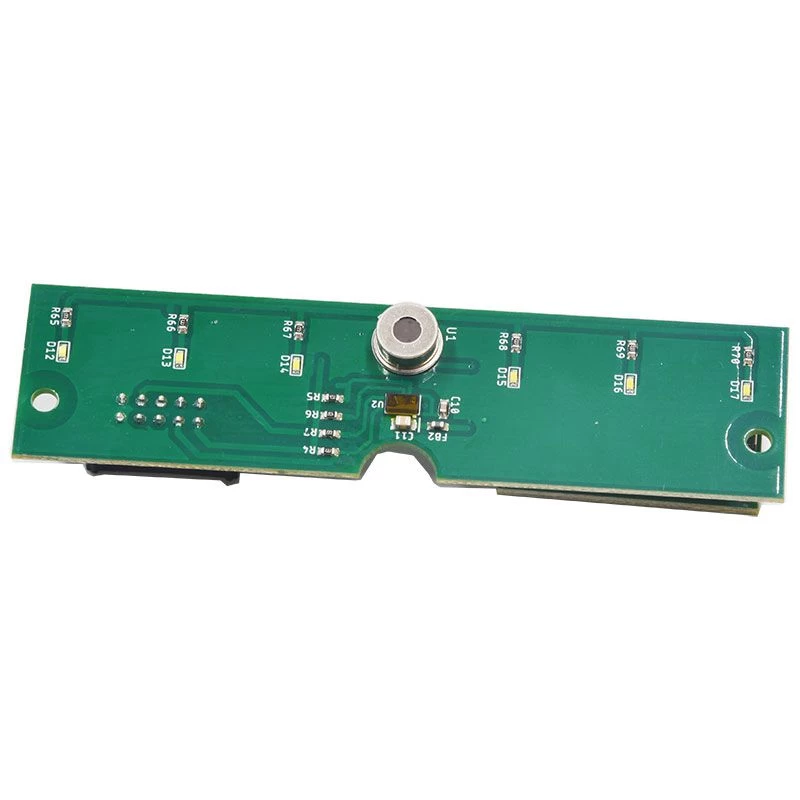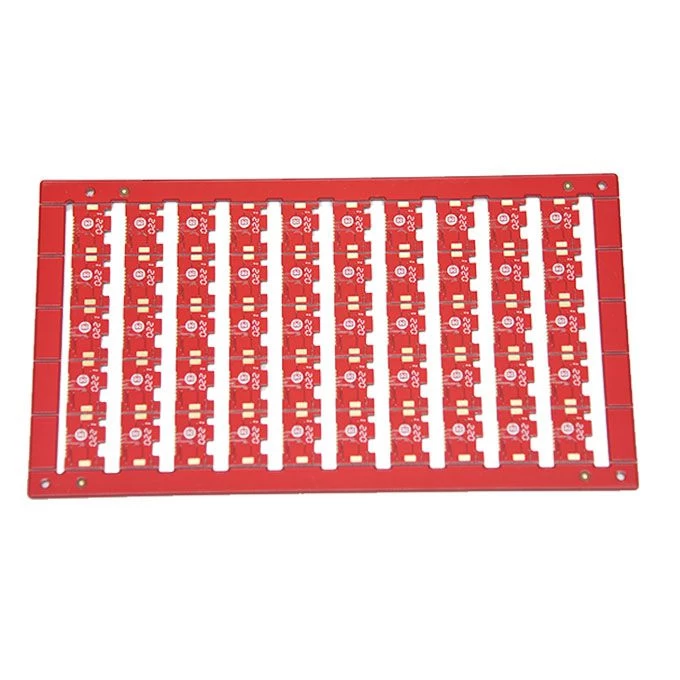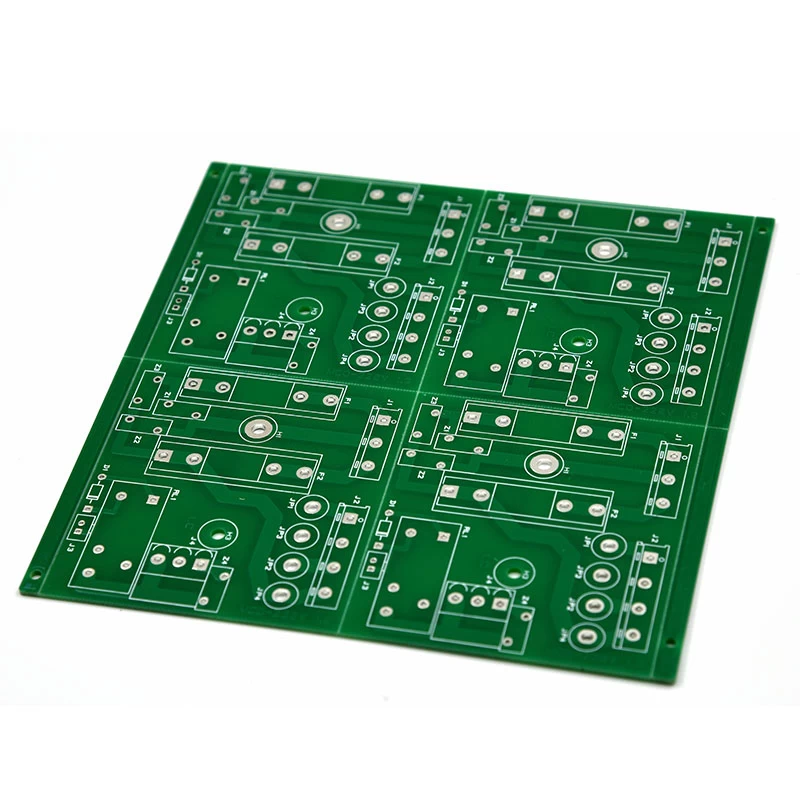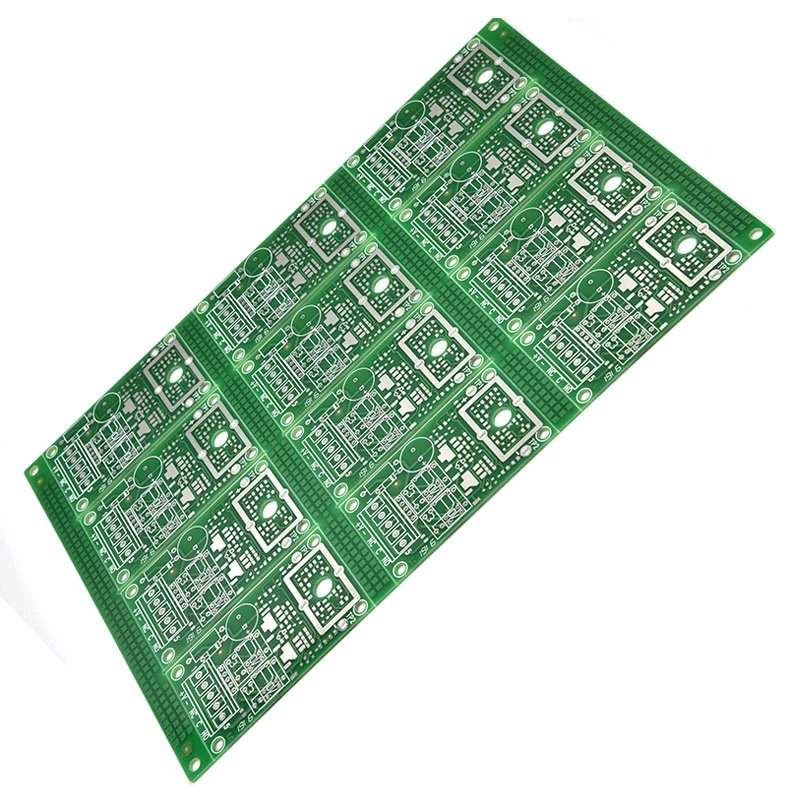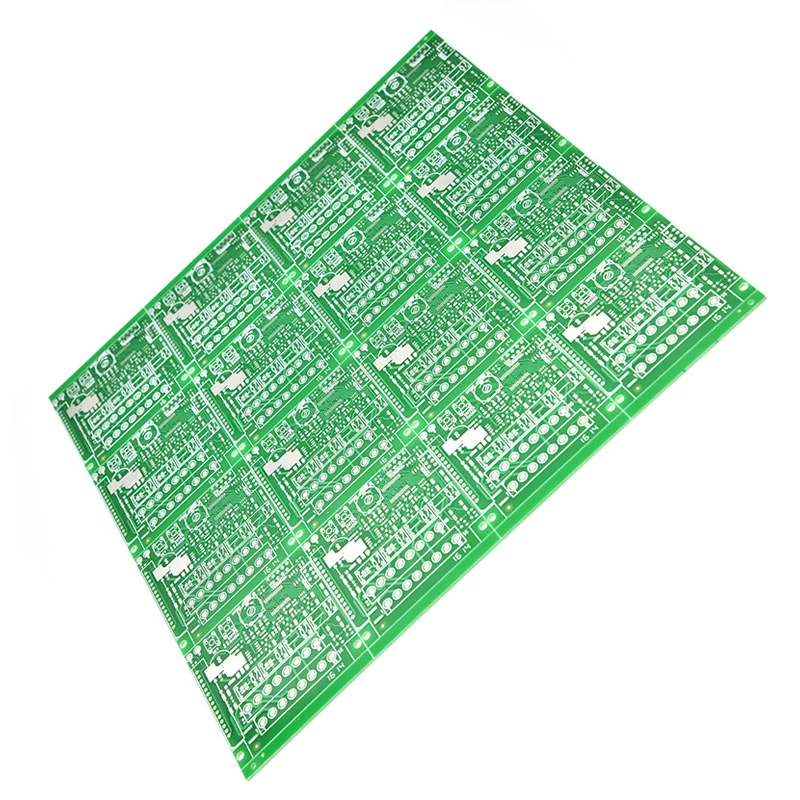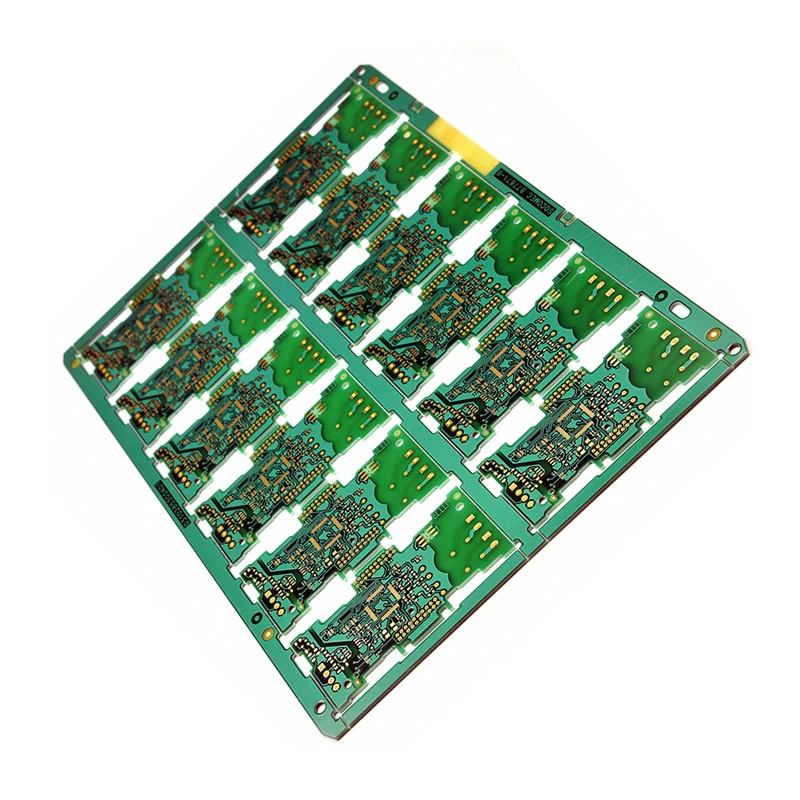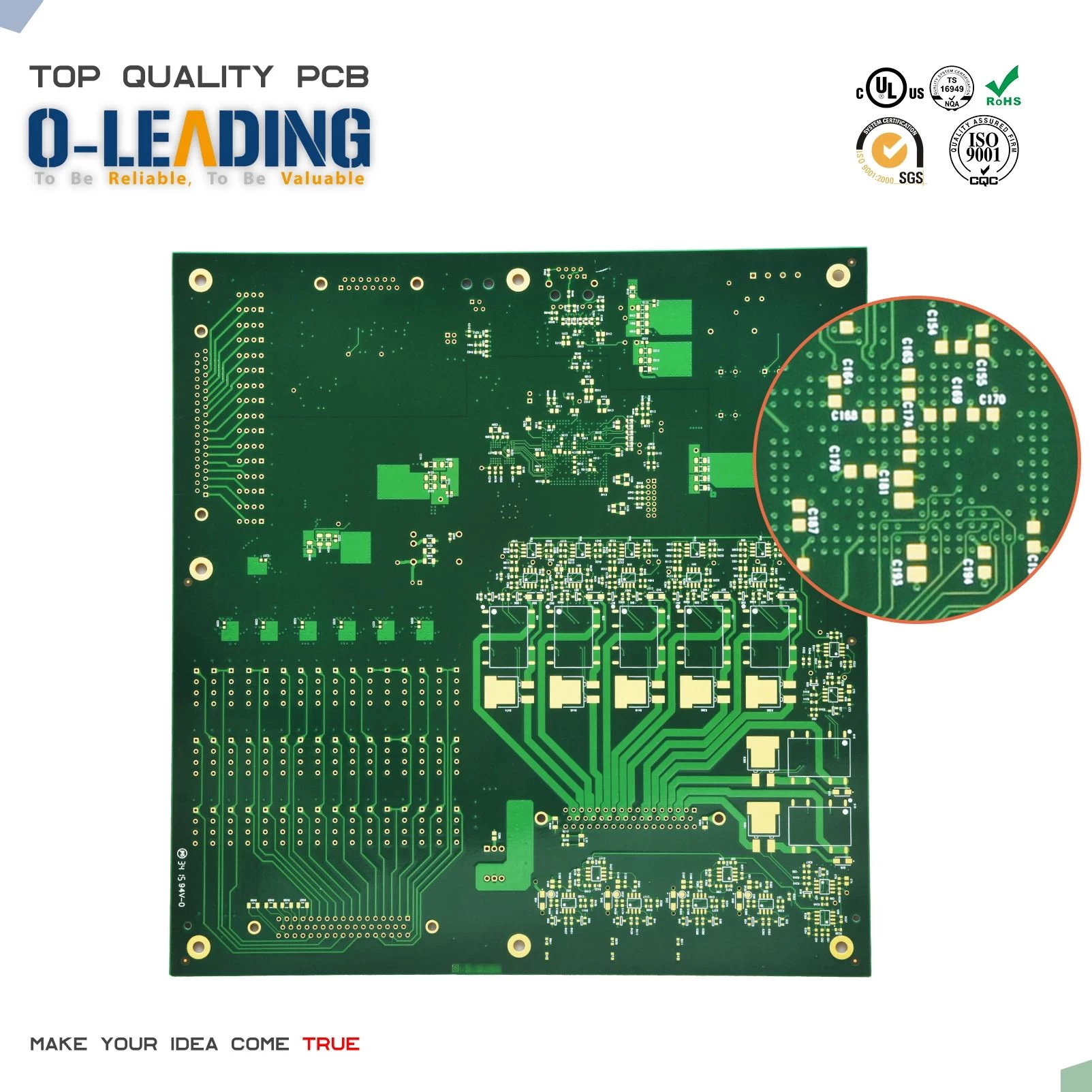PCB special routing skills: differential routing
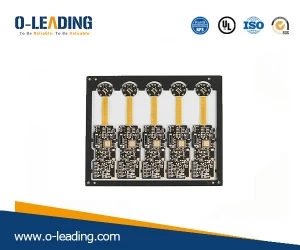
Differential signals are used more and more in high-speed circuit design. The most critical signals in the circuit often use differential structure design. What else is it so popular? How can we guarantee its good performance in pcb design?
What is a differential signal? In layman's terms, the driver sends two equal-valued, inverted signals. The receiver compares the difference between the two voltages to determine whether the logic state is "0" or "1". The pair of traces carrying the differential signals is called a differential trace.
Compared with ordinary single-ended signal traces, the most obvious advantages of differential signals are reflected in the following three aspects:
a. Strong anti-interference ability, because the coupling between the two differential traces is very good. When there is noise interference from the outside, it is almost simultaneously coupled to two lines, and the receiving end only cares about the difference between the two signals. Therefore, the common mode noise of the outside world can be completely offset; (Telecommunication PCB supplier china )
b. It can effectively suppress EMI. For the same reason, because the polarities of the two signals are opposite, the electromagnetic fields radiated by them can cancel each other. The closer the coupling is, the less electromagnetic energy is discharged to the outside world.
c. Timing positioning is accurate. Since the switching change of the differential signal is located at the intersection of the two signals, unlike the ordinary single-ended signal, which depends on the high and low threshold voltages, it is less affected by the process and temperature, and can reduce the timing error. It is also more suitable for circuits with low amplitude signals. The current popular LVDS refers to this small amplitude differential signaling technology.

Multi Layer PCB manufacturer china
For pcb engineers, the most important thing is to ensure that these advantages of differential routing can be fully exploited in the actual routing. Perhaps anyone who has been exposed to Layout will understand the general requirements for differential routing, which is "equal length, equidistance." The equal length is to ensure that the two differential signals maintain the opposite polarity at all times, reducing the common mode component; the equidistance is mainly to ensure that the differential impedance of the two is consistent and the reflection is reduced. "As close as possible to the principle" is sometimes one of the requirements for differential routing. But all these rules are not used to make a hard copy, and many engineers do not seem to understand the nature of high-speed differential signaling.

